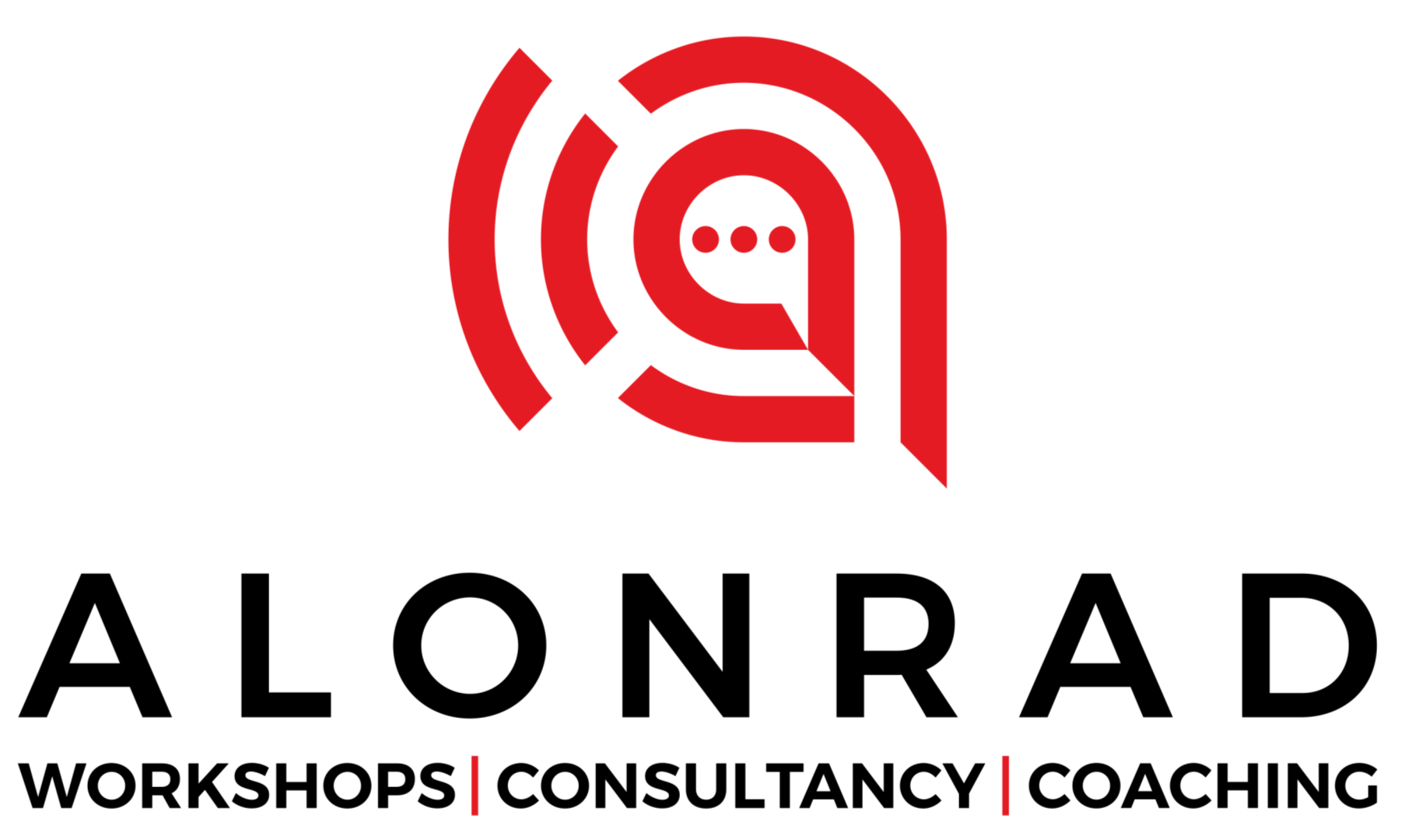Introduction To Lean Alignment Change Management
Understanding Change Management
You Can Also View The Video
You can click to watch A Business Podcast With Dr. Wiggins Episode 3 where we delve into the intricacies of change management using a lean alignment framework.
Write your awesome label here.



